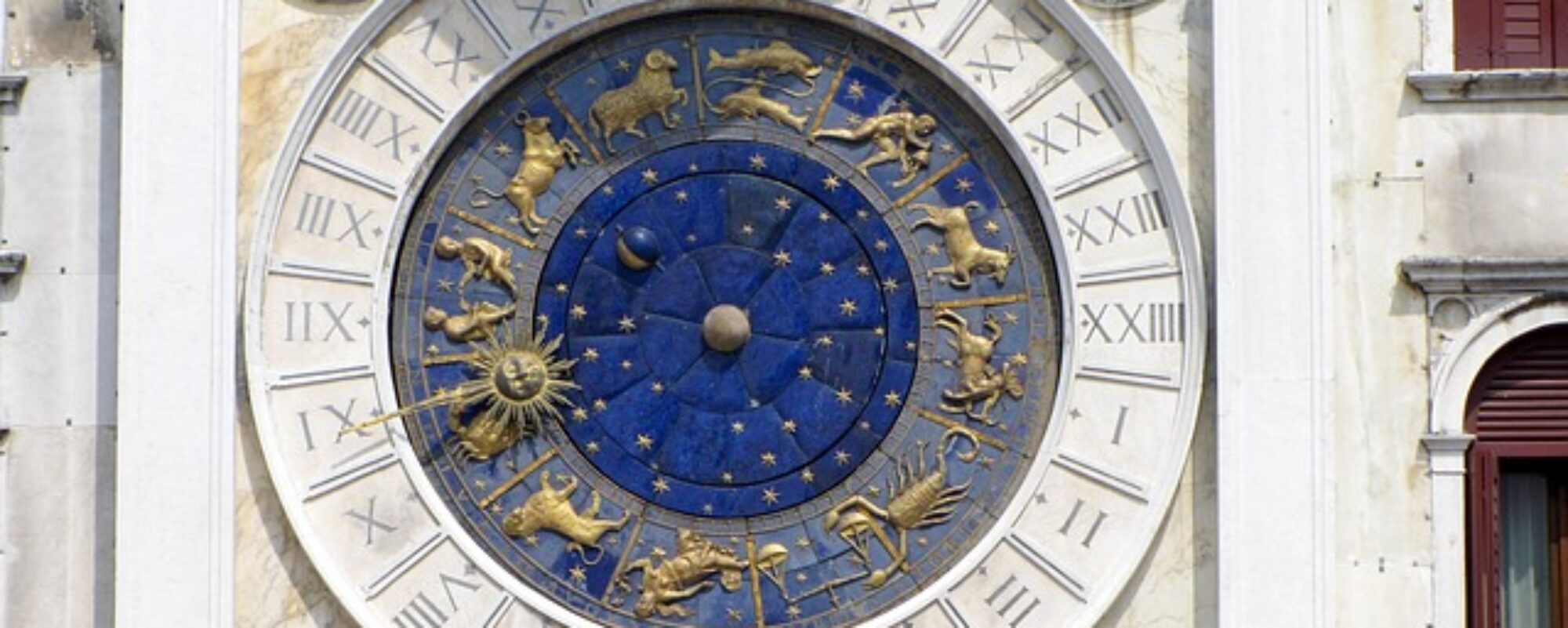There will be a total Lunar Eclipse on May 26, 2021. It will be fully visible in East Asia, Australia, and in the Pacific. It will be partially visible in most of the Americas and in Central Asia.
Eclipses are metaphysically times in which Darkness temporarily overcomes Light. This is why they are traditionally seen as troublesome omens.
There will be fourteen minutes of totality, which means that the full impact will not be felt until the end of July in 2022.
For information on the general nature of Eclipses see below:
[youtube https://www.youtube.com/watch?v=fXlh6ZgzzkM&w=560&h=315]Chart of the total Lunar eclipse of may 26, 2021
There are two ways to look at this chart. If one only considers the Seven Traditional Planets, this chart is rather benign. It becomes a little more problematic if one pays attention to the Outer Planets, Uranus, Neptune, and Pluto.

When it comes to the Traditional Planets, aside from the mandatory opposition between the Sun and the Moon, which happens every time there is a Full Moon, there are no real hard aspects in this chart. Saturn is trine the North Node and sextile the South.
Mercury and Venus are in Gemini, long separated from aspects with the Sun and Moon. Mars is in Cancer, which is always a little concerning, but is not forming an aspect with any of the Traditional Planets.
Mars is, however, moving into a trine with Neptune. This could indicate a risk of anger over false rumors or information. She will then oppose Pluto, which could be explosive. Saturn is squaring Uranus as well.
My own belief about the Outer Planets is that they can have an impact, which could even be devastating. On the other hand, their impact can be avoided.
For more information, see:
The Traditional Model of the Cosmos, Part VI: What About the Outer Planets?
Because of this, it would seem that collectively we have a lot of choices about the impact of this Eclipse. It could pass by unnoticed by most, or it could be quite problematic.
In this case, the best recommendation would be to be careful about what you believe, at least during the time period the eclipse is active.
Lunar Saros Series 121
Each eclipse is part of a family of eclipses known as Saros Series. The Lunar Eclipse of May 26, 2021 belongs to Saros Series 121.
For more information about Saros Series, see:
Eclipse Seasons and Saros Cycles, The Solar Eclipse of August 11, 2018
This particular Saros Series started on October 6, 1047. It was visible in all of the Eastern Hemisphere.
Below is the chart for this first eclipse:

The first Total Eclipse in this series occurred on July 13, 1515 and lasted for 27 minutes. This corresponds to an effect lasting 27 months, so it ripened in September of 1518.
Both the first Lunar Eclipse and the first Total Eclipse seem to be associated with upheavals in the Roman Catholic Church and in monarchies in Europe.
The coming Lunar Eclipse is the last Total Eclipse of the series, and the series will end on February 24, 2472.
Conclusion and recommendations
Aside from some Outer Planet aspects, the Lunar Eclipse of May 26, 2021 seems to be quite mild. Like always, if the eclipse is visible where you live, it is best to avoid seeing it.
The main thing to worry about on both a global and an individual level is getting angry about things that may or may not be accurate.
